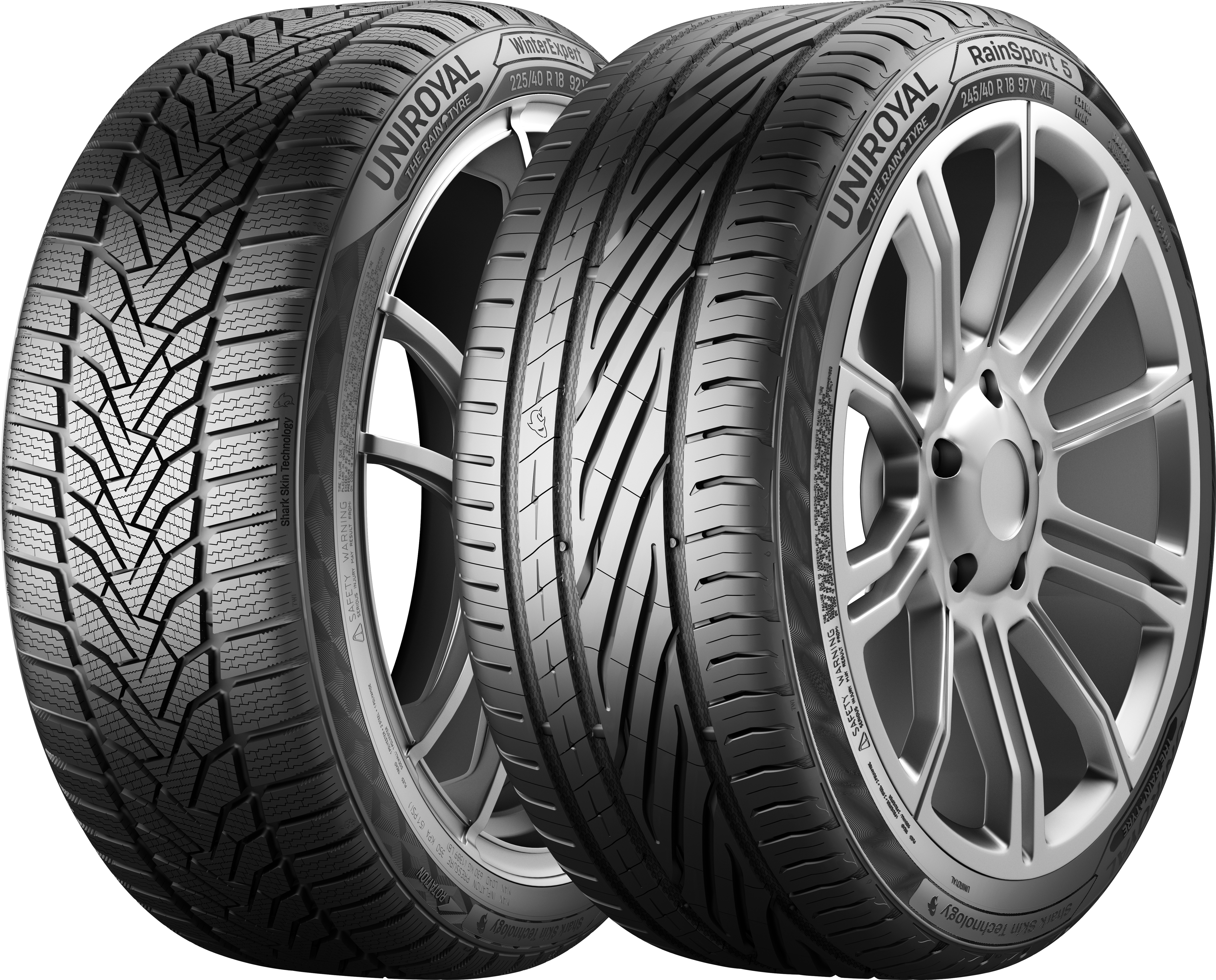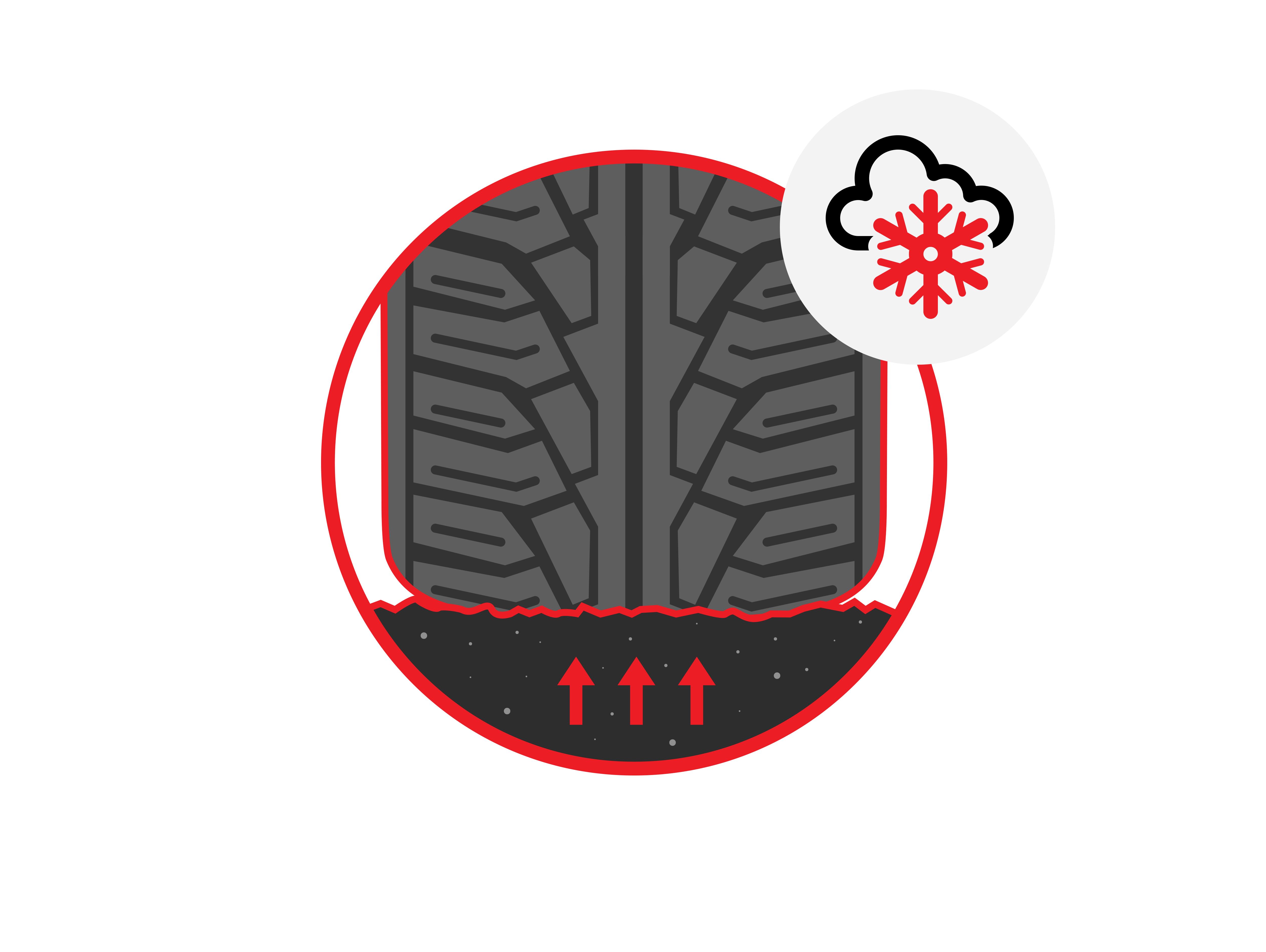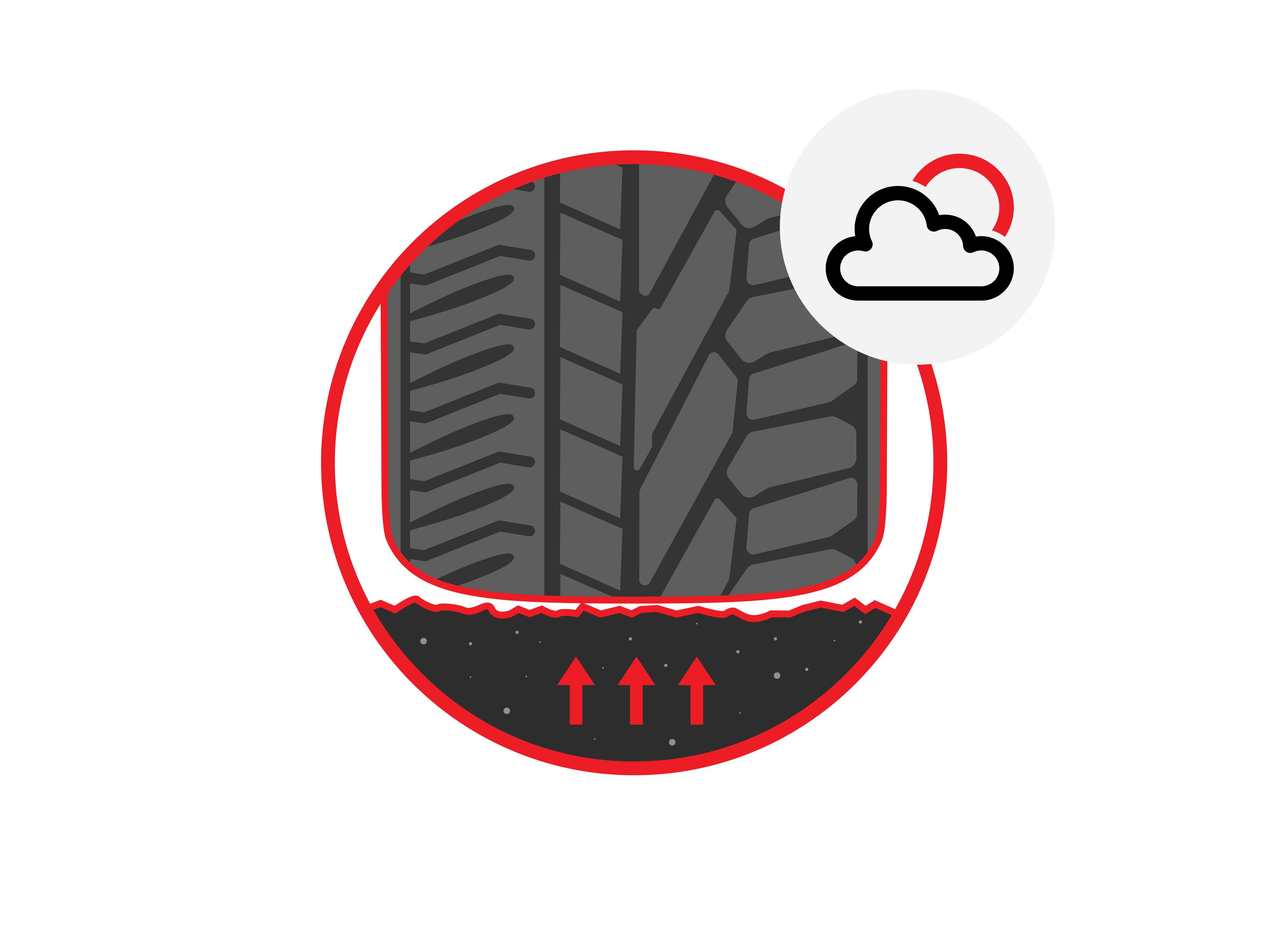Difference between summer and winter tyres
Read more
For many people, particularly those living in countries with extreme weather, it is mandatory to have two sets of tyres – one for summer and one for winter. But what is the difference between summer and winter tyres?
There are three fundamental differences between summer and winter tyres: their structure, their rubber compound and their tread pattern.
Difference:

 Winter tyre
Winter tyre
 Summer tyre
Summer tyre

You can spot a winter tyre because it features a ‘Snowflake on a Mountain’ symbol on its side wall, indicating that it satisfies the safety criteria for winter conditions.


